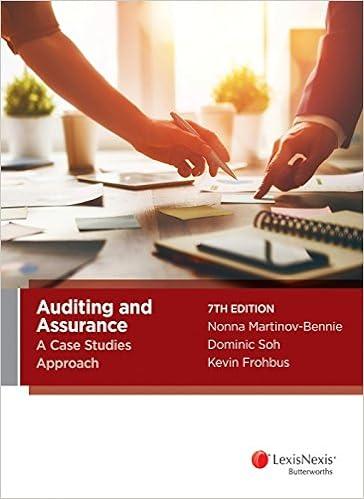Answered step by step
Verified Expert Solution
Question
1 Approved Answer
Kipling Manufacturing, Inc., operates a plant that produces its own regionally-marketed Super Salad Dressing. The dressing is produced in two processes, blending and bottling. In
Kipling Manufacturing, Inc., operates a plant that produces its own regionally-marketed Super Salad Dressing. The dressing is produced in two processes, blending and bottling. In the Blending Department, all materials are added at the beginning of the process, and labor and overhead are incurred evenly throughout the process. Kipling uses the weighted average method. The Work in ProcessBlending Department account for January 2016 follows:

Page 7 k in Process-Blending Department Jan itory (4,000 gallons, 75% finished) Direct material $78,000 Conversion costs 22,000 Transferred to Bottling Department (70,000 gallons) January charges: Direct material (71,000 gallons) 1,420,000 Direct labor 410,000 Manufacturing overhead 465,000 January 31 inventory [7 gallons, 60% processed] Required Calculate the following amounts for the Blending Department: a. Number of units in the January 31 inventory. b. Equivalent units for materials cost and conversion costs. c. January cost per equivalent unit for materials and conversion costs. d. Cost of the units transferred to the Bottling Department. e. Cost of the incomplete units in the January 31 inventory Round average cost per equivalent unit to four decimal places. Use rounded answers for subsequent calculations. Round other answers to the nearest whole number. Kipling Manufacturing, Inc. Blending Department Flow of Units and Equivalent Units Calculation, January 2016 Equivalent Units % Work Direct % Work Conversion done Materials Done Costs Complete/Transferred 0 0% 0 0% 0 Ending Inventory a. 0 0% 0 0% 0 Total 0 b. 0 O. Product Cost Report Direct Materials 0 $ 0 0 0 0 $ 0 Conversion Costs $ 0 0 $ 0 0 $ 0 0 $ 0 C. $ Beginning Inventory Current $ Total Costs to Account For + Total Equivalent Units Average cost / Equivalent unit (round four decimal places) Complete / Transferred: $ Direct Materials Conversion costs $ $ Cost of Goods Manufactured Ending Inventory: $ $ Direct Materials Conversion costs Cost of Ending Inventory $ $ $ Total Costs Allocated 0 0 0 0 d. 0 0 0 e. 0
Step by Step Solution
There are 3 Steps involved in it
Step: 1

Get Instant Access to Expert-Tailored Solutions
See step-by-step solutions with expert insights and AI powered tools for academic success
Step: 2

Step: 3

Ace Your Homework with AI
Get the answers you need in no time with our AI-driven, step-by-step assistance
Get Started


